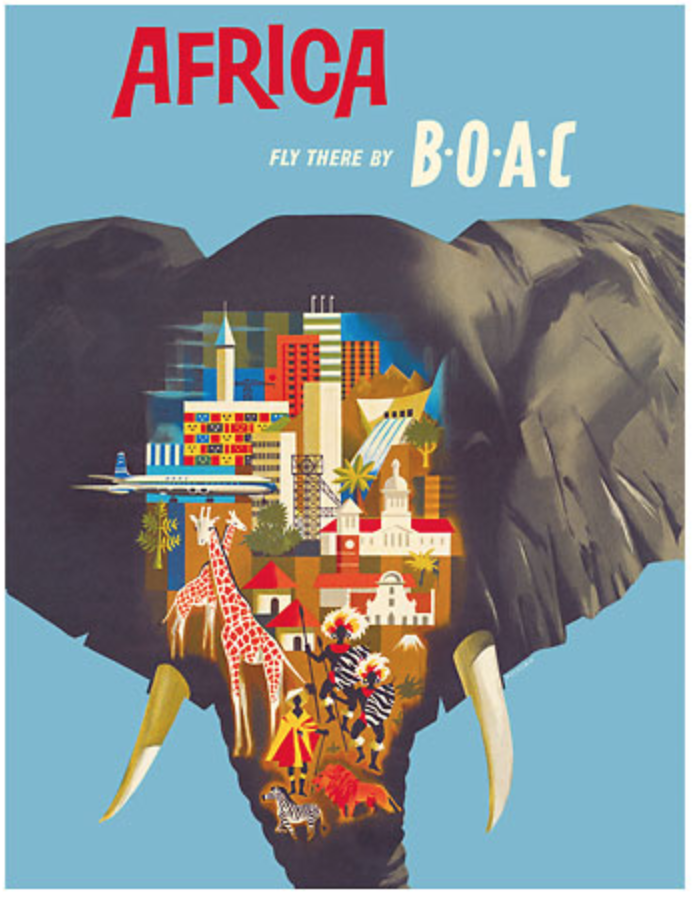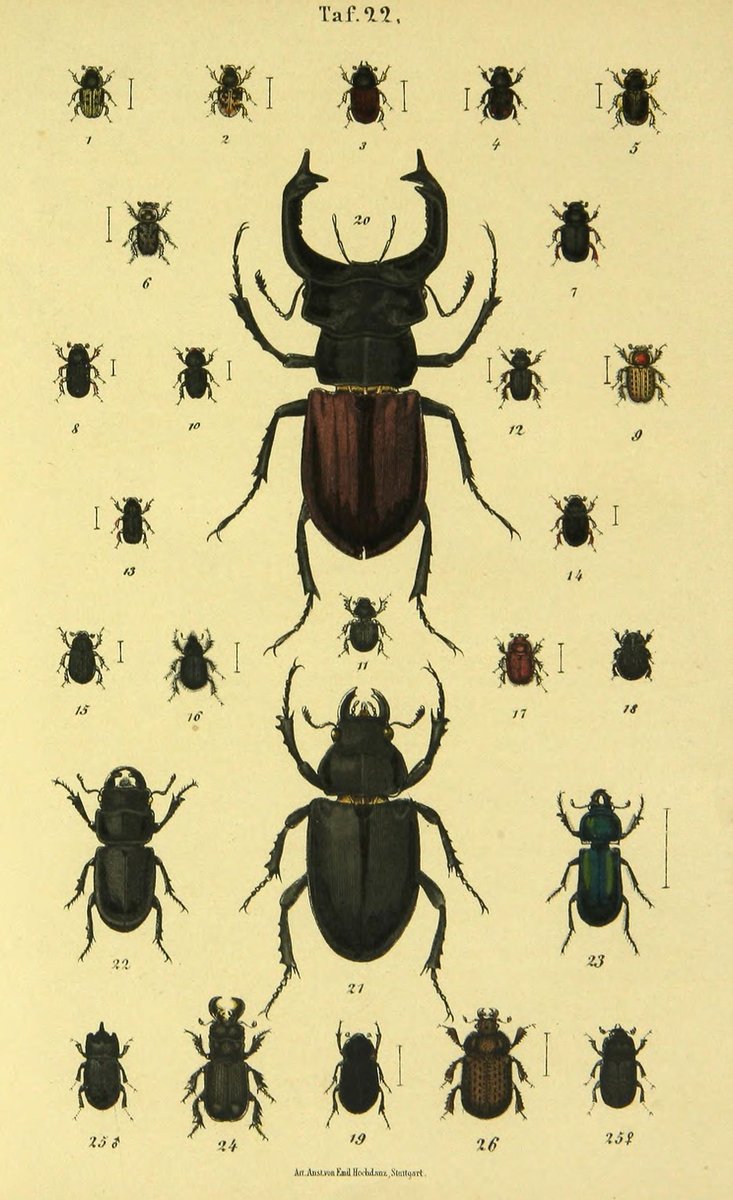|
Ready for a fight, I went on a nine-day trip to catch my first tiger fish with my dad two years ago. As fortune would have it, these freshwater giants live in heavenly places - the rivers of Botswana and Namibia. 'Holy moly, Mel!' Pops shouted (although it was definitely a more explicit 'moly'). Several more whoops followed as a big tiger vaulted into the air. ‘Keep reeling!’ I was reeling my damn heart out, following Joseph Sikwana’ s advice to keep the rod low. It felt as though my smile was 360 degrees wide and wrapped all the way around my face. That was the moment I landed my first tiger – three days into a tiger fishing trip with my dad. He’s a man who knows tiger fishing. He’s also a man who knows how to wangle his way onto a road trip... Fishing, I’m told, is all about being in the know. All I knew about tiger fish – also known as Hydrocynus vittatus, or simply ‘tigers’ – is that they need warm, well-oxygenated waters such as the Pongola, Okavango and Zambezi river systems. As for landing one of these fearsome-looking fish? I knew nothing. So I asked my pops for advice. He said he’d only dish out tips if he could come along. Smart man. So we started planning. He said that to catch a ‘real’ tiger we needed to leave South Africa and head north, where river tigers are leaner and meaner than their dam-adapted cousins down south. He packed the rods and tackle, I hired the 4x4 and we set off to wet a line in the waters of Botswana and Namibia. When heading into Botswana, we prefer the quieter Stockpoort border post to the busier one at Groblersbrug and our favourite overnight stopover is Nata Lodge. After a hearty buffet brekkie at the lodge, we pushed ever north towards Kasane and drove through the Chobe National Park on the A33, eyes peeled for elephant, sable and buffalo along the 55-kilometre road. Then just outside the park, we crossed Ngoma Bridge into Namibia on the B8, counting down the kilometres to the tigers (roughly 75). Kalizo Lodge was a family-run piece of paradise overlooking the wide Zambezi River. Tiger fish between five and seven kilograms are not uncommon on this stretch of the upper Zambezi, with the current lodge record at 8,2 kilograms on fly and 10 kilograms using more conventional fishing methods. Joseph was to be our fishing guide the next morning and knew all the spots where tigers like to hang out. (Since travelling, Kalizo Lodge has been taken over by the delightful Gondwana Collection, which is a group of affordable lodges spread across Namibia. It's now called Zambezi Mubala Lodge and I'm dying to go back to see what's changed) On the third day in the Zambezi waters, it happened. I’d had several nibbles that morning and lost one right beside the boat. My fishing-mad boyfriend was sitting at a desk in a Joburg office and I wasn’t about to come home empty-handed (his tiger fish record sits at 9,25 kilograms – a lazy Kariba fish, my pops reassured me). So I kept at it. A tiger has eight teeth per jaw. They are seriously sharp and help these predator fish snatch up their prey at pace. And then all of a sudden, one of those powerful jaws was wrapped around my bait, the tiger vaulted into the air and I started reeling my damn heart out. My pops... well, you’ve already read what he had to say. The whole time I couldn’t stop smiling – tigers make for incredibly fun fishing. After a fight, Joseph helped to net the beauty. We weighed it: 4,7kilograms. A family record! On my first catch! Thank goodness dad caught one after that (even though it was smaller) otherwise the rest of the trip would have been tense... In the bar at Camp Kwando, an easy 170-kilometre drive west from Kalizo Lodge, hangs a ‘seven-point-something-kilogram’ fish, but it’s been a while since tigers were caught in the Kwando River flowing passed the lodge. Only three tigers were caught here in 2015 and the fishing is rumoured to be better up north along the river, nearer Angola. Waters are low and they’ve cancelled the fishing competition for 2016, which is normally well attended by Namibian locals. Further downriver in the Nkasa Rupara National Park, they can’t even get boats onto the water. I wanted to push on to Rundu, where the Kavango River makes a turn south into the delta (our next destination), but my dad wanted to check out the Kwando waters, and we made the most of it visiting the nearby Bwabwata National Park and watching ellies at Horseshoe, a perennial oxbow lake on the Kwando River. Rundu could wait for another day. Back up to Kongola and west again on the B8, we drove the remaining 203 kilometres to Divundu, hit a left onto the C48 towards the Mohembo border post and, once back in Botswana, headed south on the A35 for 68 kilometres where a car was waiting to take us to nXamaseri Island Lodge. Hidden in a narrow stretch (known as the Panhandle) between Shakawe and the delta proper, this intimate accommodation is in prime tiger territory. Here the Kavango River still flows before brimming over and sweeping across the land, forming the Okavango Delta, then disappearing near Maun. Covering an area of 15000 square kilometres, the delta is probably the biggest oasis in the world and, to my mind anyway, the most beautiful tiger home. Lilies float on the surface of the water, the birdlife is incredible (lesser jacanas, tiny malachite kingfishers and several heron species, to name a few) and the lodge is a piece of paradise in this waterlogged wonderland. We had no bites on the spinners and our guide, Adam Kapinga, sourced bream from . a local fisherman to fillet for bait. But we still didn’t pull anything on board. After hearing stories about the incredible annual phenomenon known as the barbel run – the best time for catching tigers in the Okavango, when five fishermen once caught 500 in four days – we vowed to return in spring. A feeding frenzy occurs in this northern corner of Botswana because barbel flush small baitfish from the papyrus when the water levels drop, which are then hungrily followed by tigers and countless birds. The exact time of this natural phenomenon varies from year to year depending on rainfall and water levels, but can take place any time from September to December. nXamaseri Island Lodge’s manager, Tiaan Schoeman, recommends booking between 15 September and 15 October for a chance of catching them, but calling the lodge in early September to double-check. If, like us, you find yourself out of fishing luck, nXamaseri is surrounded by islands inhabited by elusive creatures, such as the Pel’s fishing owl. You can only get there by mokoro and need to be quiet when searching the dense foliage of jackalberry trees for a glimpse. The owls like the branches hanging over quiet waters where they sh at night – the white droppings are a giveaway. I didn’t catch sight of any, but all the signs were there. After spinning for the better part of three hours, my dad hooked one. We’d had a slow day at Guma Lagoon Camp (just 60 kilometres south of nXamaseri), which has the largest body of open water in the delta. It takes about 40 minutes, through narrow papyrus channels – with Squacco herons and African darters flying in front of the boat – to get out to the main Kavango River where fishing is best due to good owing water. However, when we were there, rising waters in the Okavango had made the water dirty and oxygen levels were low – both bad for fishing. I wish we’d had time to visit Tsodilo Hills, a nearby World Heritage Site with incredible rock paintings, including a depiction of a whale. nXamaseri Island Lodge offers tours, or you can go yourself and hire a guide there to point out the rock art. On his trip to Guma Lagoon one June, pops and his friends caught 46 fish after a day and a half on the water (mum did well, too, catching five in one morning). All the places we fished practise catch and release, so even the big boys are released back into the river. Completing the round-trip, we headed back via Nata Lodge. It’s always a happy place because it’s usually where we talk about the amazing holiday we’ve just had and where we hatch plans for our next trip: who would enjoy this great journey north? When is the best time to camp and catch tigers? Will there be enough office leave for everyone? And, most importantly, how long will my family record for the biggest tiger stand. I originally wrote this story for Getaway magazine.
1 Comment
6/1/2020 11:12:29 am
Blues, channels and flatheads are all extremely different in many methods and the requirements of an angler that’s fishing
Reply
Leave a Reply. |
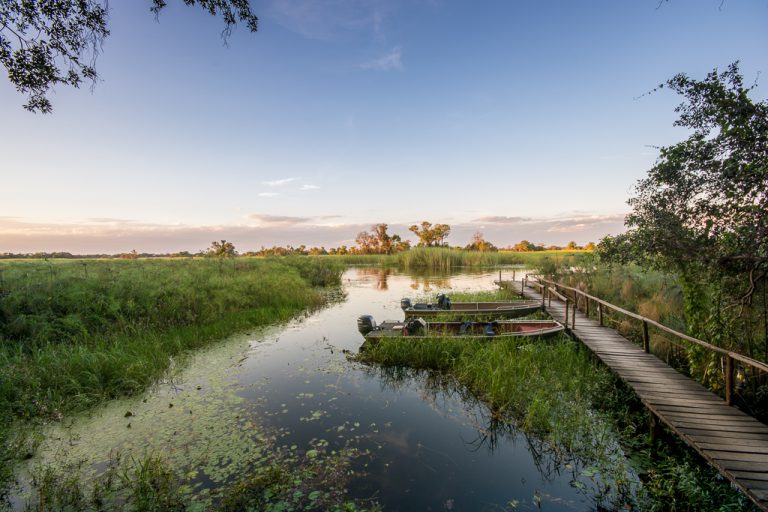
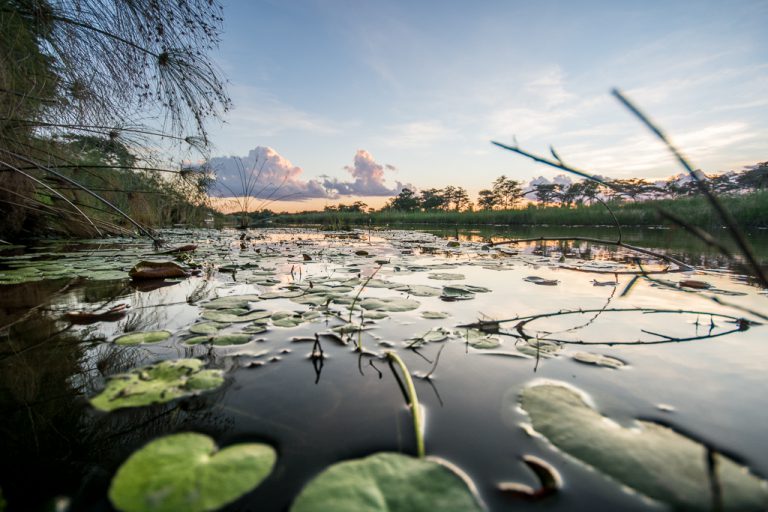
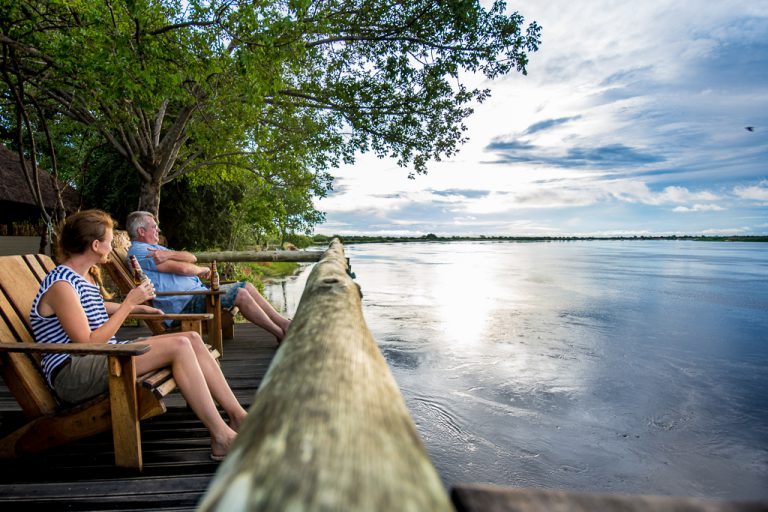
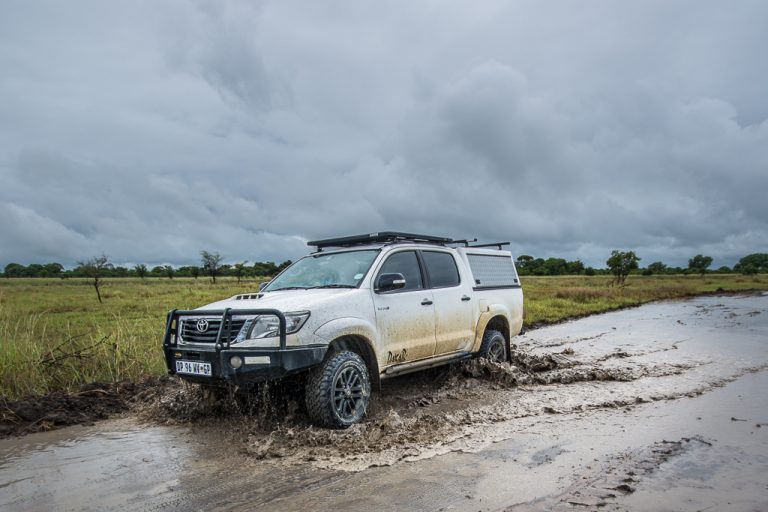
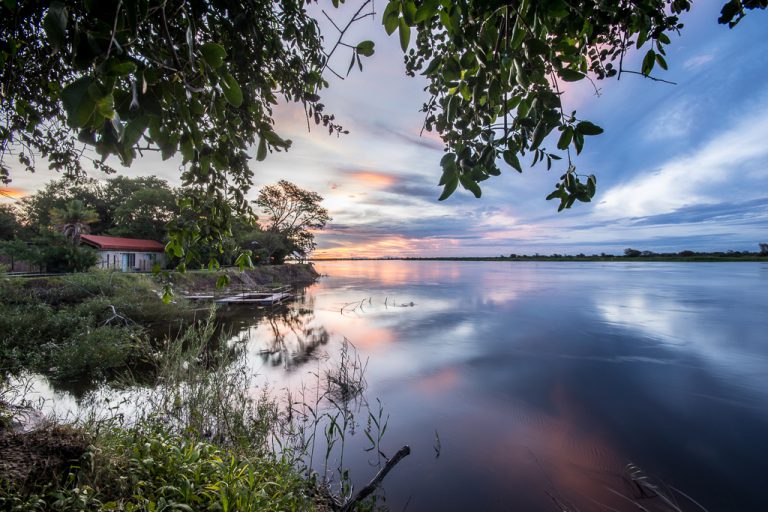
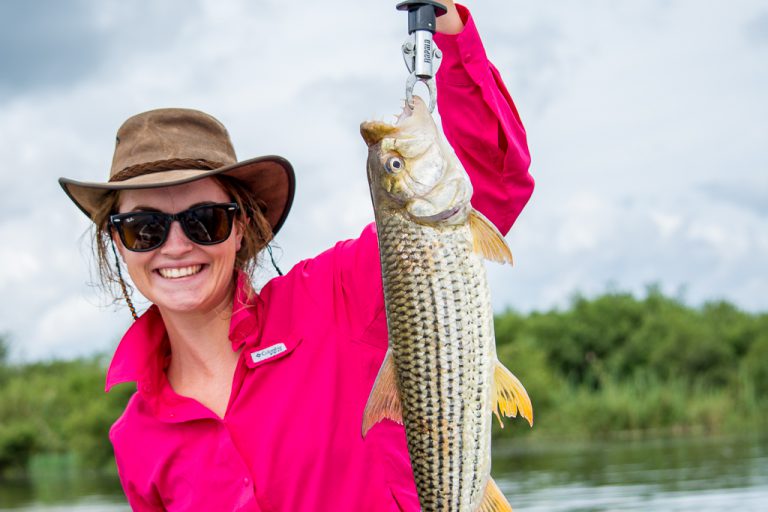
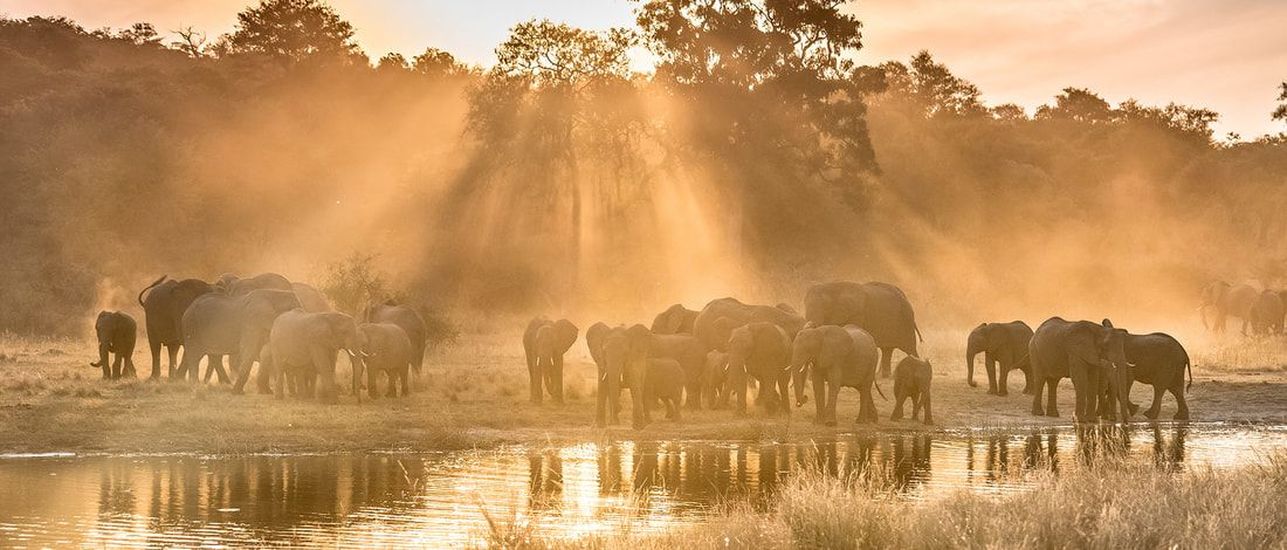
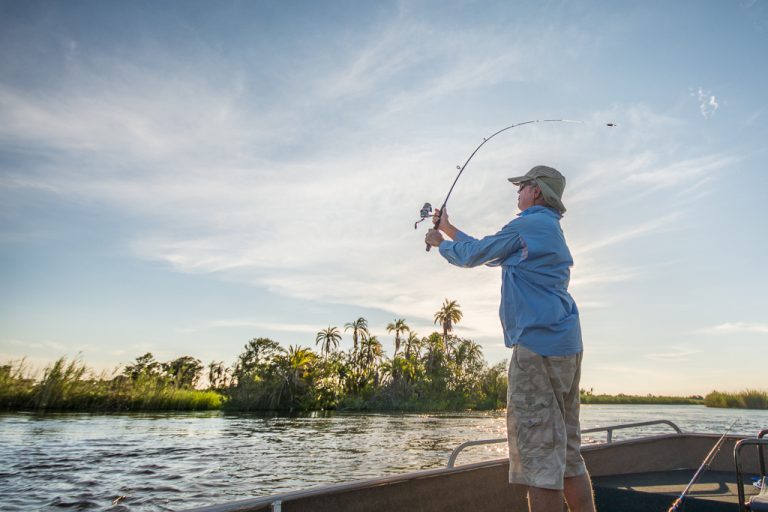
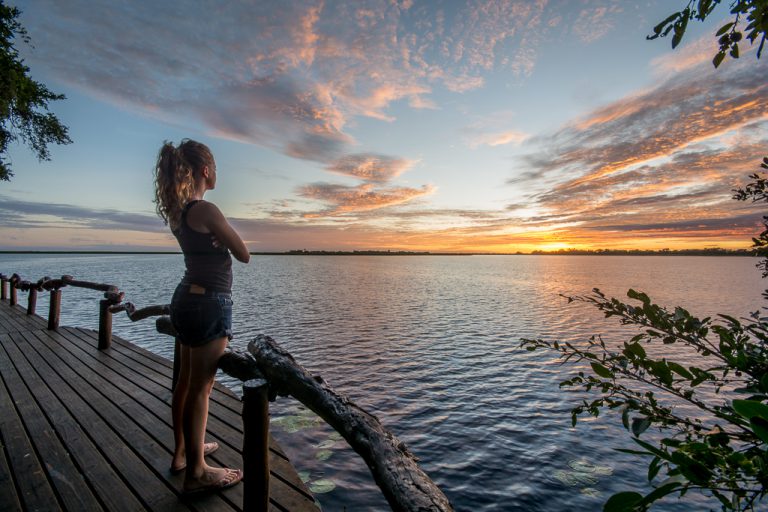
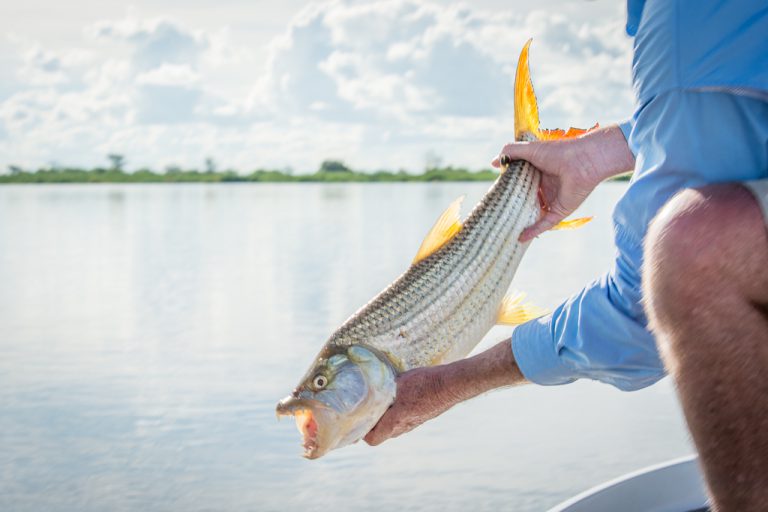
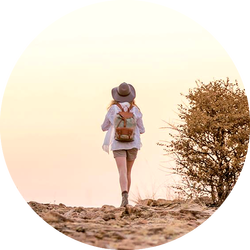
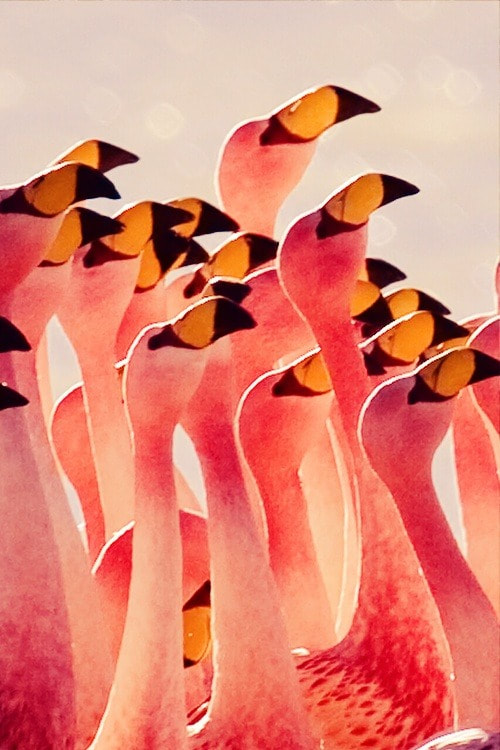
 RSS Feed
RSS Feed

